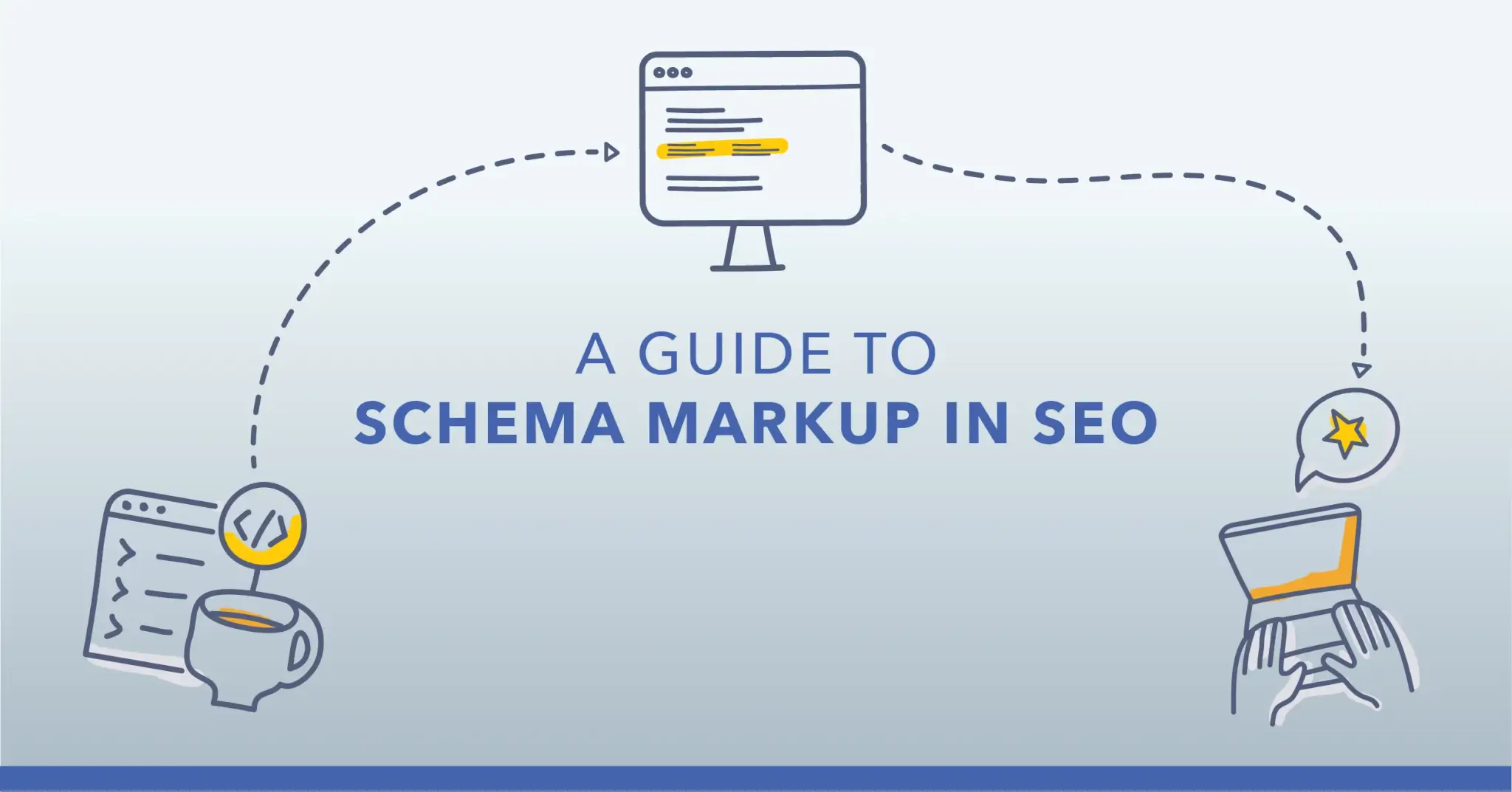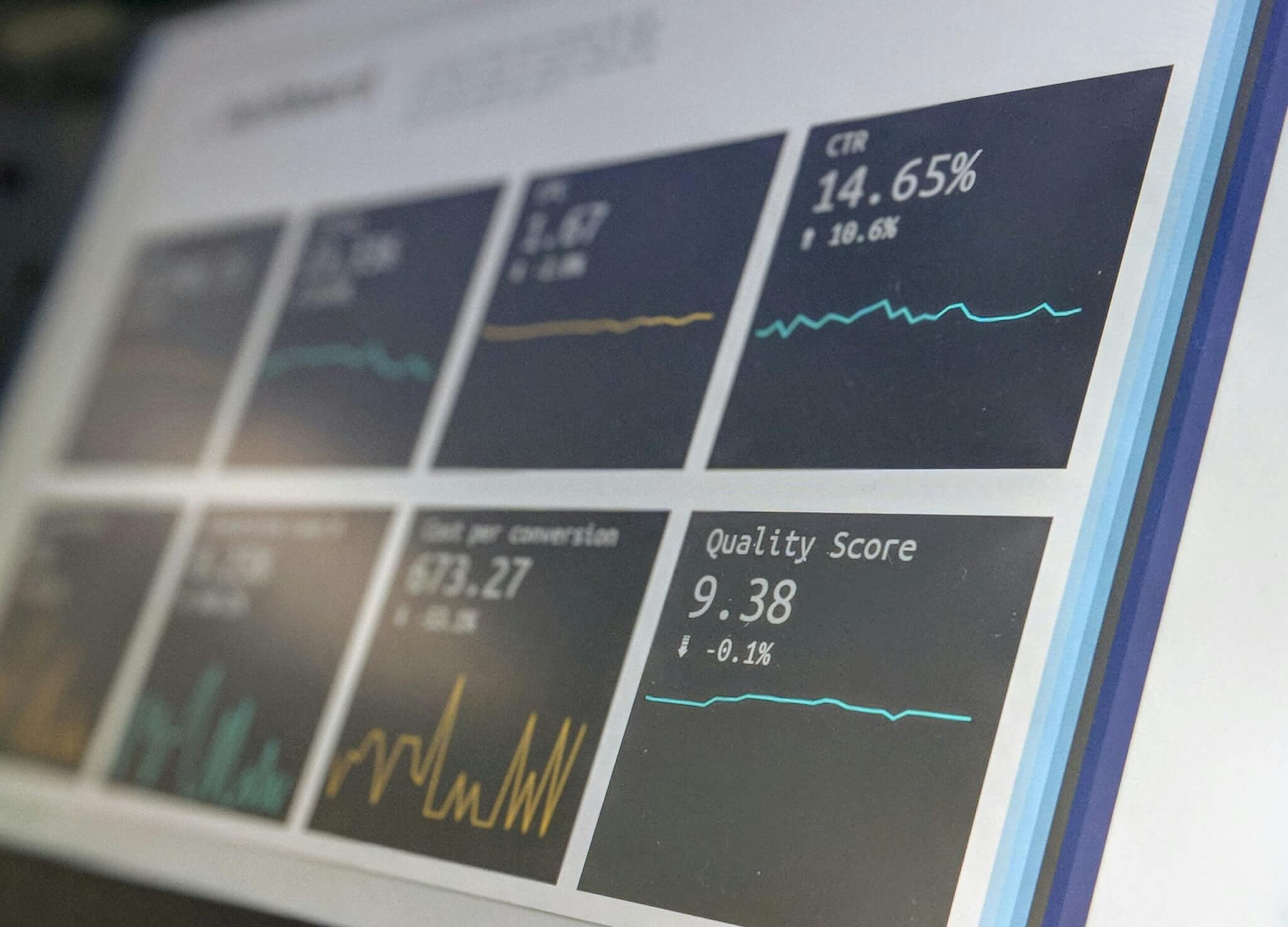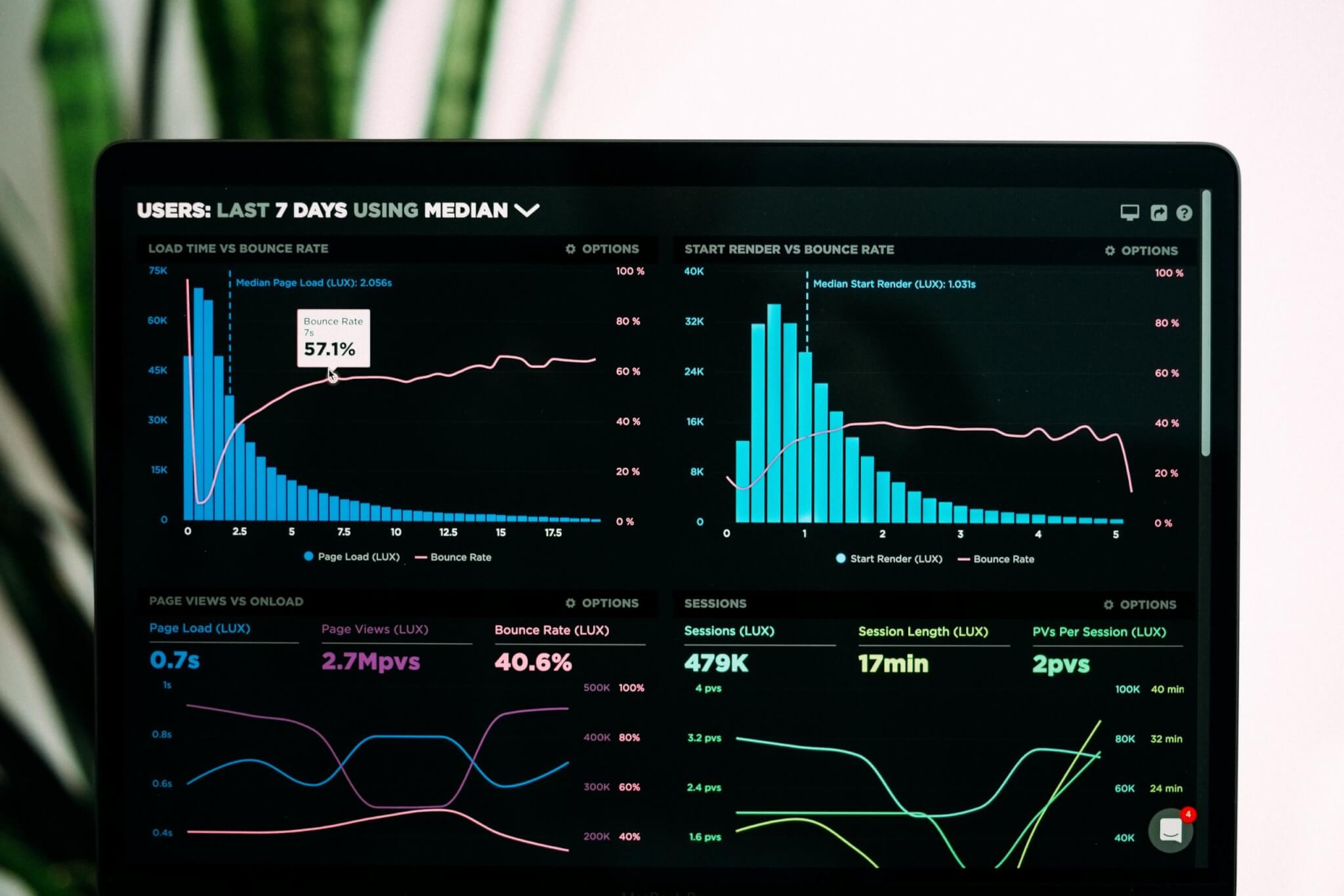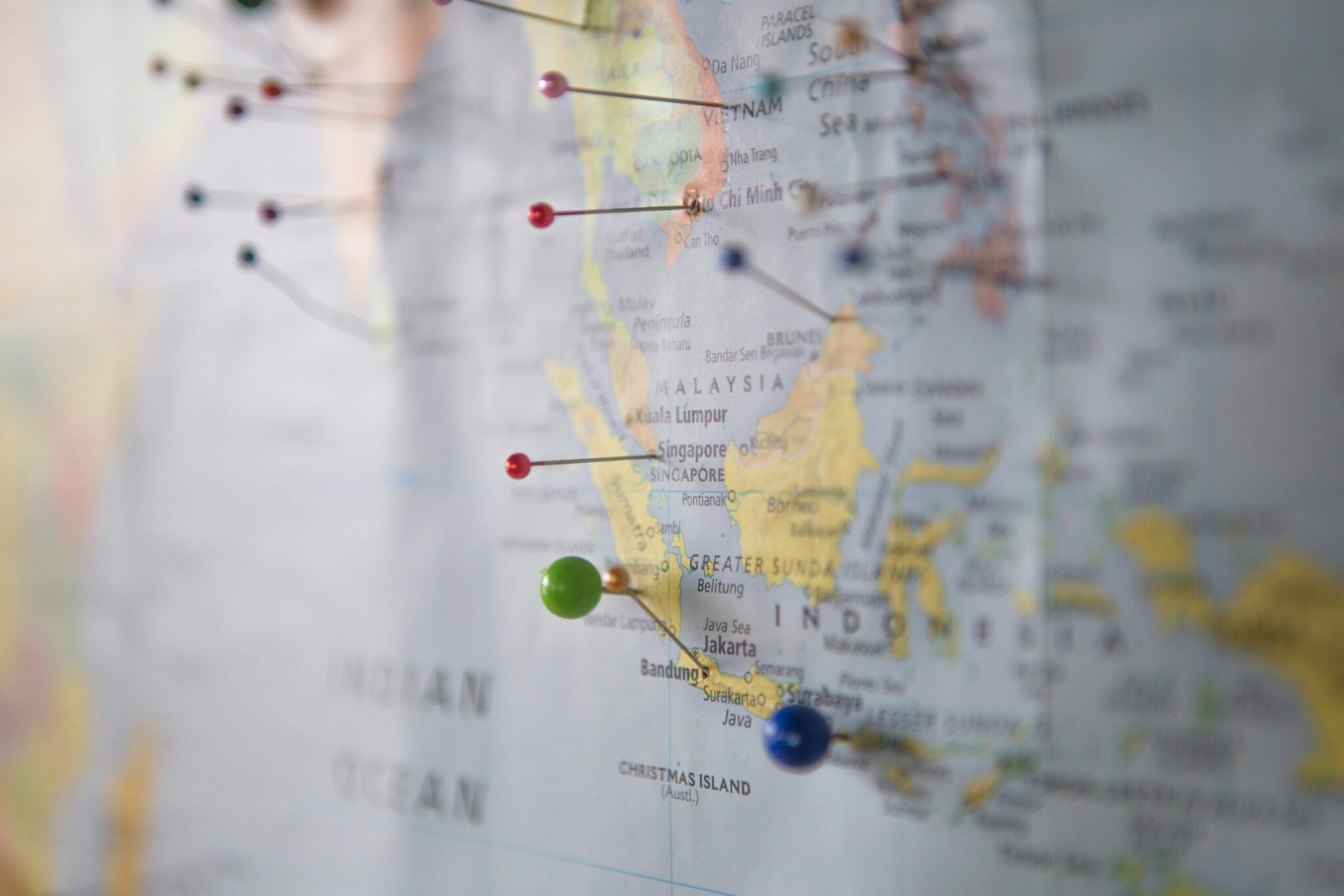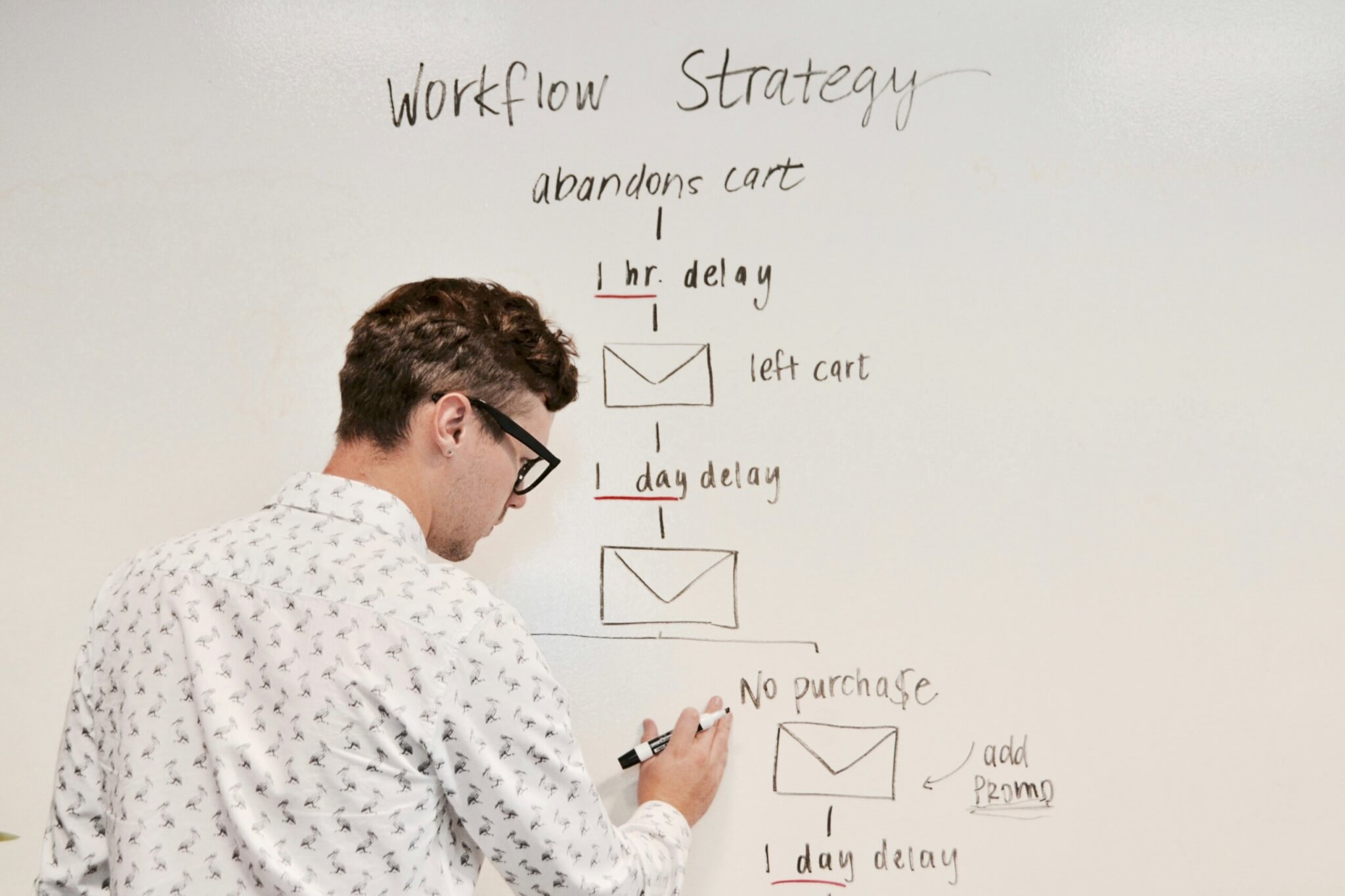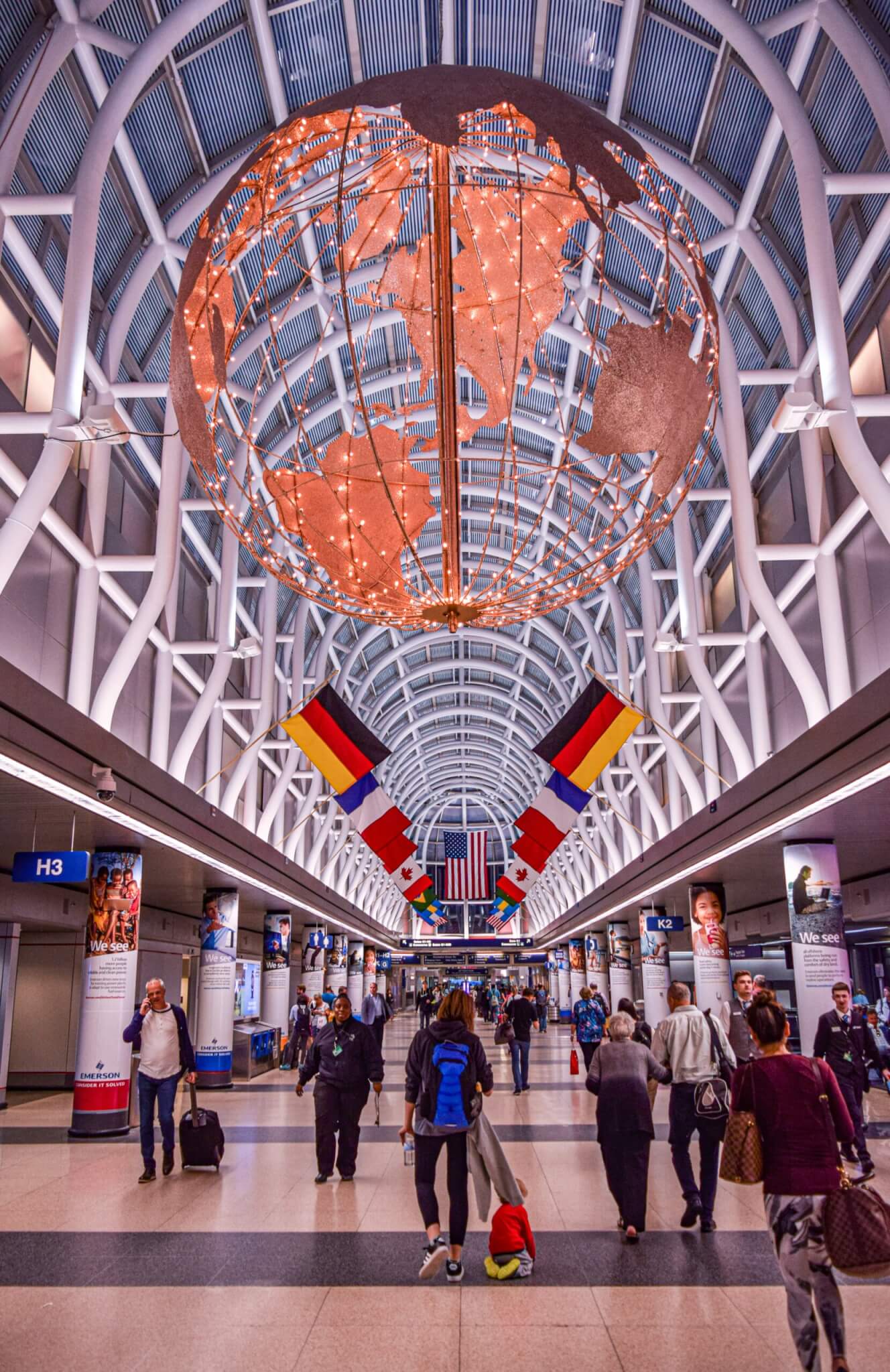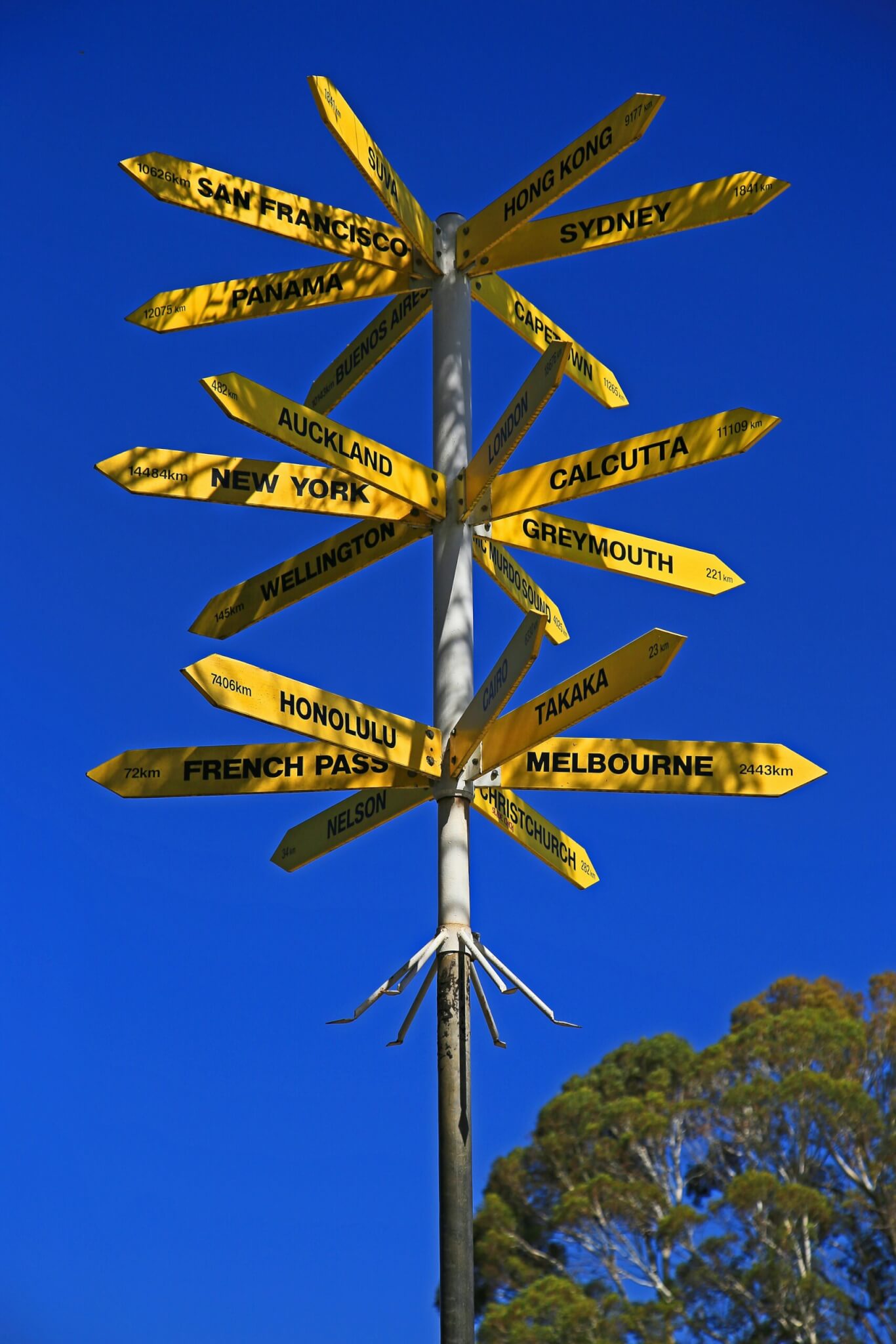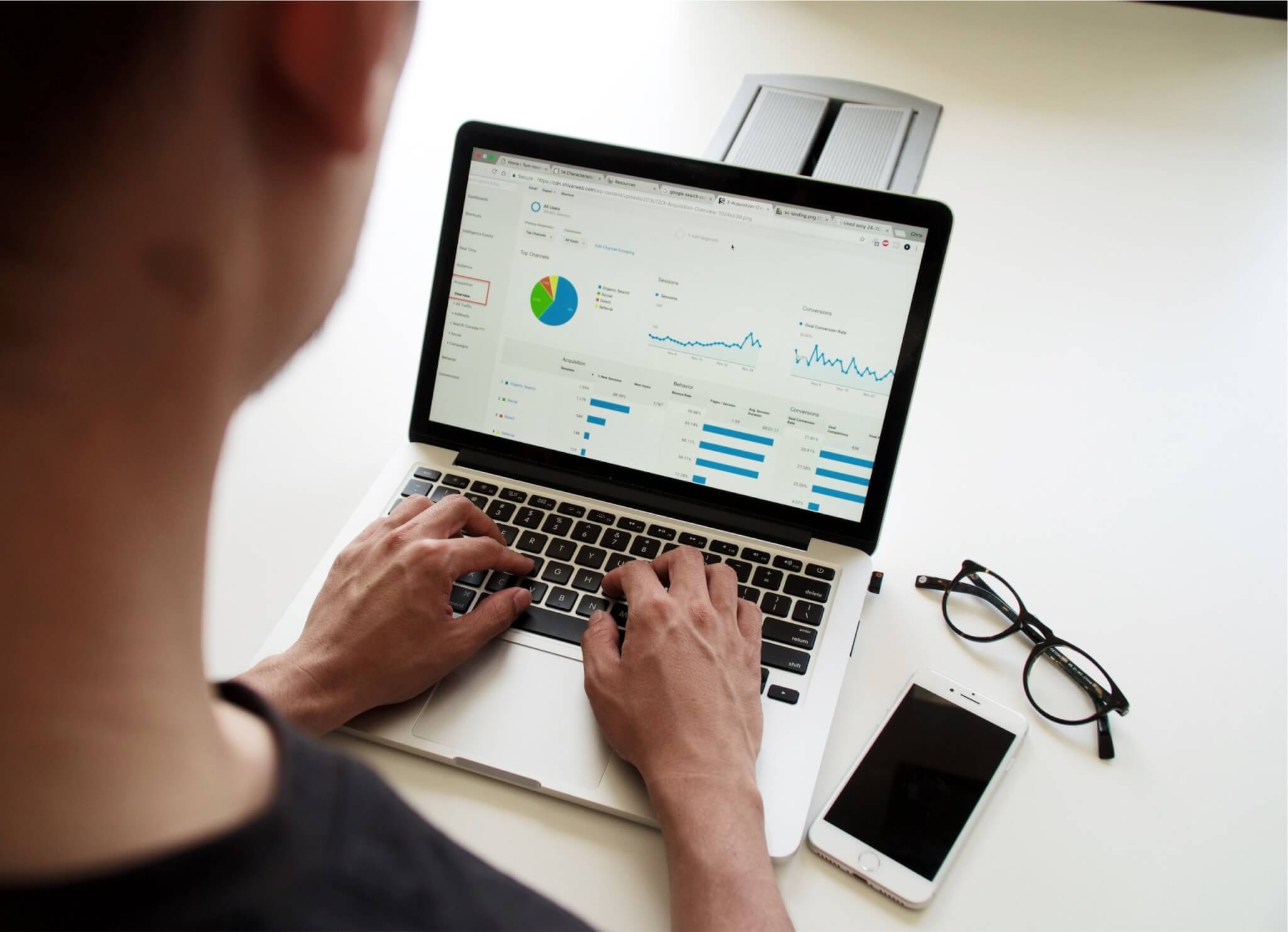Wondering whether you should use automatic or manual Facebook ad placement? With so many tools out there, it can be hard to know where to start with Facebook ads. Every ad campaign is different which is why automatic and manual ad placements can have different benefits depending on your end goal.
Read on to find out the difference between manual and automatic Facebook ad placement and which is best for you.
What does automated placement mean on Facebook ads?
When you create a new campaign in the Ads Manager on Facebook, you’ll be prompted to choose your placement settings – automatic or manual. Automatic placements are recommended by Facebook as they require much less input from you, making it easier for you to run the campaign.
Automatic ad placements enable Facebook’s algorithm to place your ads where it thinks they’ll perform best and reach your target audience. Your set campaign budget will be allocated across multiple placements on Facebook, Instagram and Audience Network.
This hands-off way of sending out an ad campaign can be very effective as Facebook’s algorithm takes care of the research for you. The automatic system will also move away from certain ad placements if they aren’t providing a strong ROI. This is a great feature that’ll save you time looking into performance analytics.
However, we would always recommend carrying out weekly data analysis on the performance of your Facebook ad campaign. This ensures that you’re on top of where the automatic placements are and which ones are performing best. This is invaluable information on your business and target audience, so it’s always worth checking.
Benefits of using automated placement ads
It’s easy to understand why Facebook recommends automatic placements for ads – it’s more user-friendly and benefits from the use of the algorithm. However, the benefits will largely depend on what your campaign goals are, so read on to find out if automatic placements are right for you:
- Saves time – rather than researching to find out where your ads will perform best, Facebook’s algorithm takes care of it for you. This is a great option if you’re running multiple campaigns at once.
- Uses the algorithm – Facebook’s algorithm will automatically place ads where they know your customers are and where they’ll perform best. This invaluable resource is going to help your campaign greatly.
- Distributes budget – automatic ads will distribute your budget evenly across all placements, making it easier to compare the results.
- Saves money – if a certain ad placement isn’t performing well, Facebook will automatically move the budget to a different placement, saving you money and boosting ROI.
- Campaign tracking metrics – automated Facebook ads provide data that enables you to understand how your campaigns are performing. This information is a great learning tool that helps improve your ads.
- Expert advice – Facebook will suggest ongoing ad optimisations throughout the campaign which will help improve the results.
What does manual placement mean on Facebook ads?
Choosing the manual placements option when setting up a campaign on Facebook allows you to manually select the places your ad runs. The more placements you select, the more opportunities you’ll have to reach your target audience and boost the success of your ad.
Manual placements can work for businesses that have run ads in the past and understand where their target audience is and what they’re looking for. It’s important to place ads in several different areas to maximise your budget. Limiting your ad to only a couple of different placements will greatly damage your ROI. If you’re unsure of where to place your ad, then automatic placements might work better for your campaign.
If you’ve run multiple ad campaigns on Facebook and truly understand your audience, what platforms they use and what they’re searching for, then manual ads can work well. The opportunity to tailor your campaign and manually select where your ads run allows you to segment your audiences for granular targeting that’s as specific as you want it to be.
Manual ad placements can give you more control over your budget and you’re not relying on Facebook’s algorithm to make the right decisions for you.
Benefits of using manual placement ads
Manual placement ads can work well for those businesses who have a lot of experience running ads and know exactly where to target in order to reach their audience. Read on to find out whether the benefits work for your campaigns:
- Budget control – manually placing your ads allows you to control how your budget is split and exactly where your ads appear.
- Creative control – if your ads are creative with set images, infographics or videos, you can manually select what media appears on each platform. This gives you flexibility over how your ad works.
- Personalisation – you know your business best, so being able to personalise your campaign and target niche spaces can be highly beneficial and boost ad performance.
- Brand reputation – your brand reputation is so important and being able to control where your ads appear helps manage this. If ads are embedded within content that has conflicting messaging, your engagement can be lowered. Being able to control where your ads appear will prevent this from happening.
So, which placement is best for Facebook ads? Overall, automatic Facebook ad placements tend to be a better option for many businesses. If you’re just starting out with ad campaigns or simply don’t have the time or team to set up custom campaigns, then automatic placements are a great option. Manual placements work for those with more experience and who understand their target audience inside out. It all depends on your resources and campaign goals.




